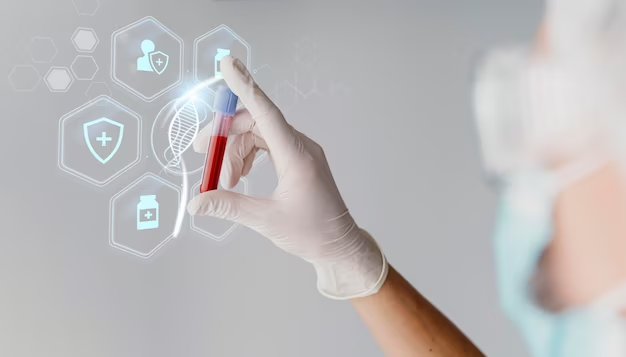IoT & CLOUD MANAGEMENT
Infant Monitoring System for a US Customer

 Problem
Problem
Parents faced significant anxiety and challenges in continuously monitoring their infants' well-being, especially vital signs.
Existing monitoring devices were often unreliable, with short battery life, and lacked the ability to provide medically accurate data.
 Solution
Solution
Developed an advanced infant monitoring system with the following features:
- Extended battery-life enabled by robust battery management.
- Integration of medical-grade SpO2, RR, and PR sensors for accurate health data.
- Sophisticated signal processing algorithms to ensure measurement reliability.
- BLE Mesh for secure and reliable communication.
- User-centric design focusing on comfort and ease of use.
 Results
Results
- Significant reduction in parental anxiety due to reliable, real-time health monitoring.
- Improved infant health outcomes due to the system's ability to detect potential early warning signs.
- Enhanced user experience due to the system's intuitive design and functionality.
 Technology Stack
Technology Stack
- Hardware: BLE-enabled microcontrollers, medical-grade sensors, battery management circuitry.
- Firmware: Embedded C/C++ code for sensor management, power optimization, and BLE communication.
- Data transmission: BLE Mesh protocol.
- Mobile/Web Application: React, Angular, or other suitable frontend framework.
- Backend: Node.js, Python, or Java.
- Database: Flexible option depending on data complexity (NoSQL like MongoDB or traditional like MySQL).
 Software Development
Software Development
- Methodology: Agile principles to quickly respond to feedback.
- Focus: User-friendly (UX) interfaces and intuitive navigation for parents.
- Compliance: Strict security measures to protect sensitive health data (analogous to HIPAA).
 Before Metrics
Before Metrics
Difficulty accurately measuring vital signs in real-time.
High levels of parental stress and uncertainty.
 After Metrics
After Metrics
Real-time access to reliable infant health data.
Enhanced peace of mind for parents.
Potential for early detection of health concerns.


